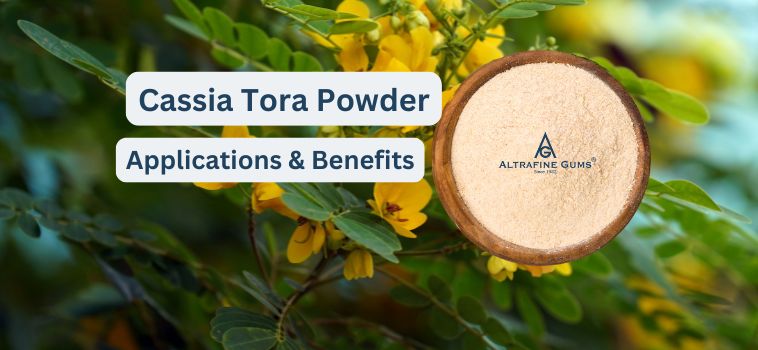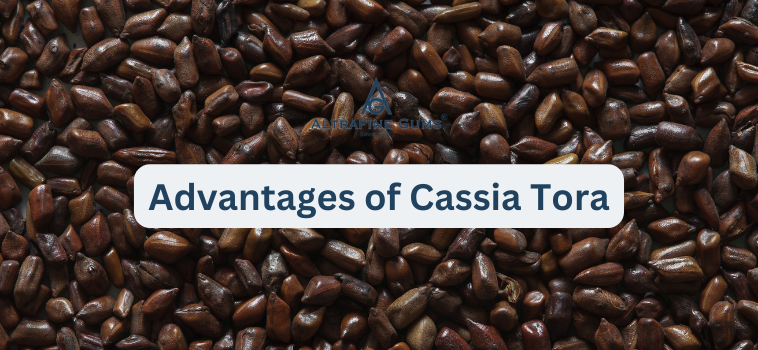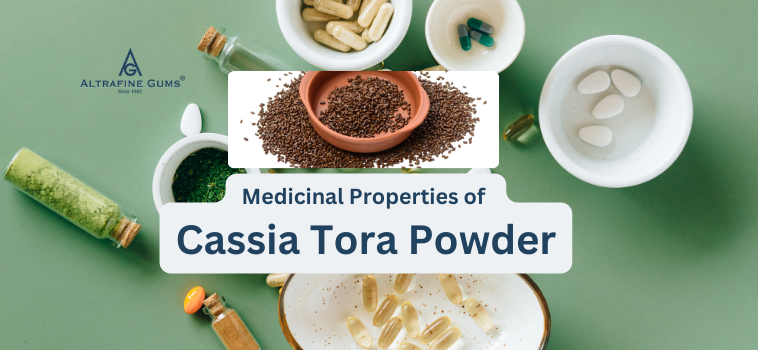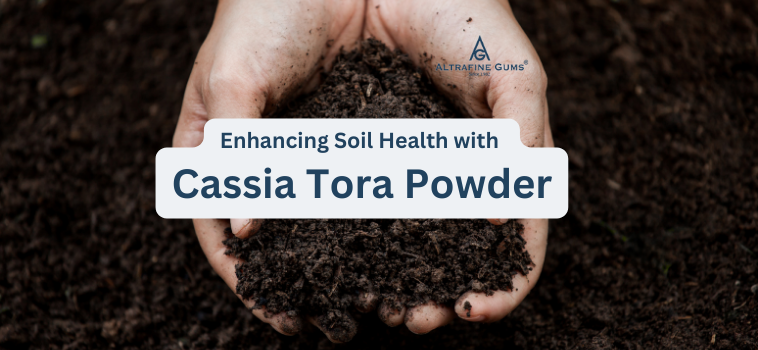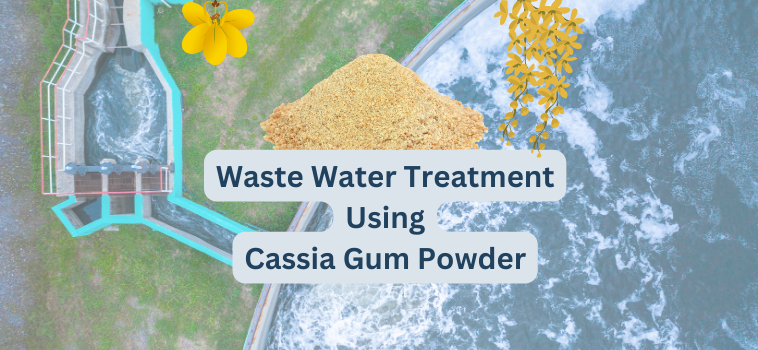Cassia Tora Powder
Understanding Cassia Tora Powder: Applications and Benefits
Cassia tora is a leguminous plant widely found in tropical regions. The seeds of this plant are processed to produce Cassia tora powder, a natural … Continue reading
Cassia Tora Splits: Uses, Benefits, and Industrial Applications in Food and Pet Feed Industry
Introduction to Cassia Tora Splits and Their Extraction Process Cassia Tora Splits, derived from the seeds of the Cassia Tora plant (Senna tora), are widely … Continue reading
Cassia Tora Powder in the Global Market: Trends and Opportunities
Introduction to the Global Market for Cassia Tora Cassia tora, a plant native to Asia and parts of Africa, has gained significant traction in the … Continue reading
Cassia Tora Powder: A Lifesaver in Treating Everyday Digestive Issues
Introduction to Cassia Tora for Digestive Health Digestive health is a cornerstone of overall well-being, yet many people struggle with everyday issues like constipation, bloating, … Continue reading
Cassia Tora Powder in Asian Cuisine: Enhancing Traditional Recipes
Introduction to Cassia Tora in Food Culture Cassia tora, a plant native to Asia, has been a part of traditional culinary practices for centuries. Known … Continue reading
Exploring the Multifaceted Advantages of Cassia Tora: Unveiling its Diverse and Profound Benefits
Cassia Tora, an incredibly versatile herb deeply entrenched in history, has been attracting considerable attention due to its multifaceted advantages. From age-old traditional medicinal applications … Continue reading
Medicinal Properties of Cassia Tora Powder
Cassia Tora powder has a variety of medicinal properties and is very important for healthy skin. It is also an eyesight booster and helps to … Continue reading
Enhancing Soil Health with Cassia Tora Powder
Maintaining healthy soil is important for sustainable agriculture and long-term crop productivity. Soil degradation, nutrient depletion, and loss of soil structure are some of the … Continue reading
Waste Water Treatment Using Cassia Gum Powder
With every passing day, water is becoming a scaring resource. Water pollution, drought, and flood, etc. all are contributing factors to the poor quality of … Continue reading
Food Grade E427 Cassia Gum Powder
Food Grade E427 Cassia Gum Powder is a natural gelling agent. Its intended uses are as a thickener, emulsifier, and moisture retention agent. It can … Continue reading

